Steel and fire. The best battleships of World War II
By the end of the Second world class of high-speed battleships, it reached its limit in its development, combining in itself the destructive power and security of dreadnoughts with the high speed of the battle cruisers, these samples of marine weapons made a lot of amazing feats under the flags of all the warring states.
It is not possible to compile any “rating” of the battleships of those years - four favorites claim to the first place, and each of them has the most serious reasons. As for the other places of the honorary pedestal, it is generally impossible to make any conscious choice. Only individual tastes and subjective preferences. Each battleship is distinguished by its unique design, chronicle of combat use and, often, history tragic death.
Each of them was created for its own specific tasks and conditions of service, for a specific opponent and in accordance with the chosen application concept fleet.
Different battle theaters dictated different rules: the internal seas or open ocean, proximity or, on the contrary, extreme remoteness of bases. Classic squadron battles with the same monsters or bloody porridge with a reflection of the endless air attacks and shelling of fortifications on the enemy coast.
Ships can not be considered in isolation from the geopolitical situation, the state of the scientific, industrial and financial spheres of states - all this left a considerable mark on their design.
A direct comparison between any Italian “Littorio” and the American “North Caroline” is completely excluded.
Nevertheless, applicants for the title of the best battleship are visible to the naked eye. These are “Bismarck”, “Tirpitz”, “Iowa” and “Yamato” - the ships about which have been heard even by those who have never been interested in the fleet.
Life according to the precepts of Sun Tzu
... Her Majesty's battleships Anson and Duke of York, aircraft carriers Victories, Furyes, escort aircraft carriers Sicher, Empire, Pesyuer, Fanser, cruiser Belfast, Bellona , “Royalist”, “Sheffield”, “Jamaica”, destroyers “Javelin”, “Virago”, “Meteor”, “Swift”, “Vigilent”, “Wakeful”, “Onslot” ... - there are about 20 units under the British , Canadian and Polish flags, as well as 2 naval tankers and 13 deck squadrons aviation.
Only in such a composition in April 1944 of the year did the British venture to approach the Alta Fjord - where, under the gloomy vaults of the Norwegian cliffs, the pride of Kriegsmarine, the Tirpitz superbattle, rusted.
The results of the operation "Wolfram" are estimated as controversial - deck aircraft managed to bomb the German base and cause serious damage to the add-ons of the battleship. However, the next "Pearl Harbor" did not work - the British could not inflict "Tirpitz" fatal wounds.
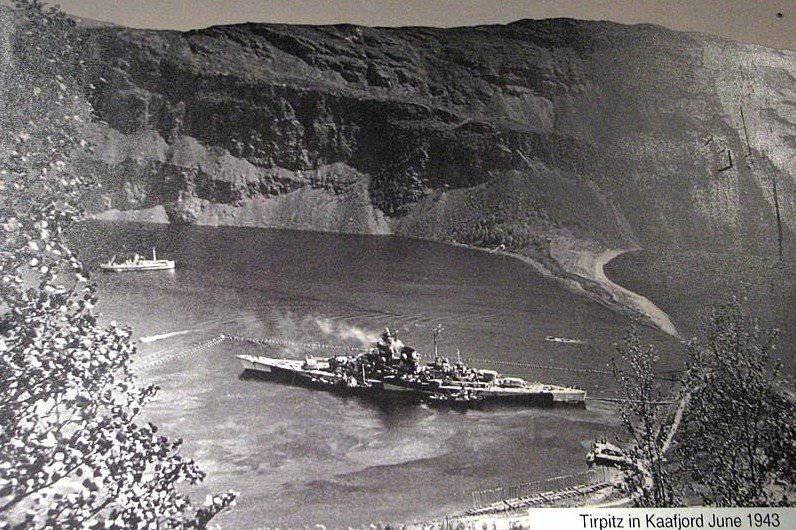
The Germans lost an 123 man killed, but the battleship still posed a threat to shipping in the North Atlantic. The main problems were caused not so much by numerous bombs falling and fires on the upper deck, as the newly discovered leaks in the underwater part of the hull are the result of a previous British attack using mini-submarines.
... In total, during the stay in the Norwegian waters, Tirpitz sustained dozens of air strikes - in the aggregate, during the war years, battleships on the battleship took part near 700 of British and Soviet aircraft! In vain.
Hiding behind the anti-torpedo network, the ship was invulnerable to the Allied torpedo weapons. At the same time, aerial bombs proved ineffective against such a well-protected target; it was possible to crush the battleship’s armored stronghold for an infinitely long time, but the destruction of the superstructures could not critically affect the Tirpitz’s combat capability.
Meanwhile, the Britons stubbornly rushed to the site of the Teutonic beast: mini-submarines and man-torpedoes; raids of deck and strategic aviation. Local agent informers, regular base tracking from the air ...
"Tirpitz" became a unique embodiment of the ideas of the ancient Chinese commander and thinker Sun Tzu ("The Art of War") - without firing a single shot at enemy ships, he bound all British actions in the North Atlantic for three years!
One of the most effective warships of the Second World War, the invincible Tirpitz turned into an ominous scarecrow for the British Admiralty: the planning of any operation began with the question “What to do if
"Tirpits" leave his parking lot and go out to sea?
It was Tirpitz that scared the escort of the PQ-17 convoy. He was hunted by all the battleships and aircraft carriers of the metropolitan fleet in the Arctic. The K-21 boat fired at him. For his sake, "Lancaster" from the Royal Air Force settled at the airport Yagodny near Arkhangelsk. But everything turned out to be useless. The British were able to destroy the super-battleship only at the end of the war with the help of the monstrous 5-ton bombs "Tallboy".
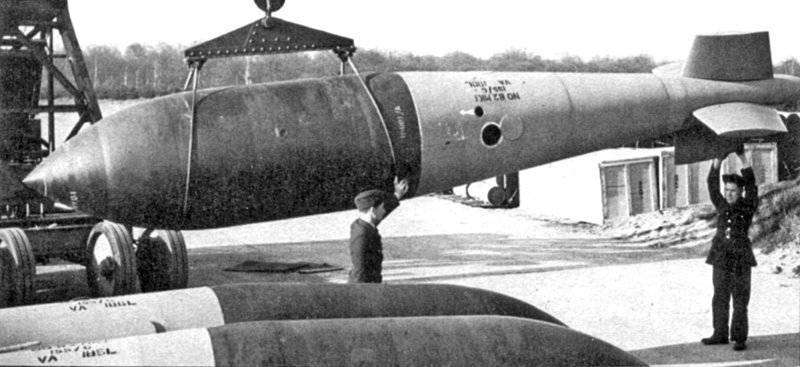
The impressive success of the Tirpitz battleship is a legacy left over from the legendary Bismarck, a linear ship of the same type, meeting with which forever instilled fear in the hearts of the British: before their eyes froze a burial pillar of flame hovering over the HMS Hood British cruiser. During the battle in the Danish Strait, the gloomy Teutonic knight needed only five volleys to deal with the British “gentleman”.
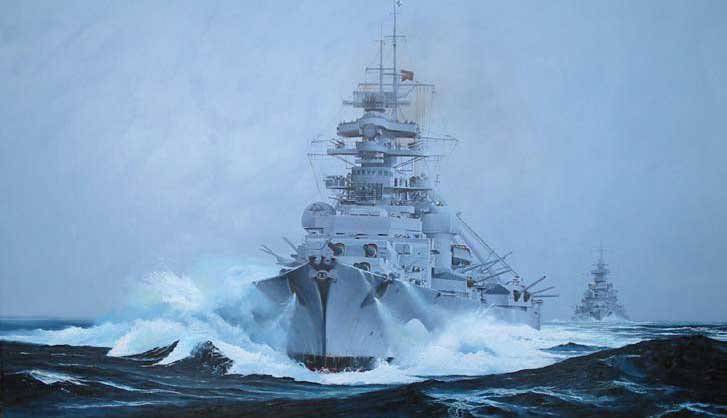
And then came the hour of reckoning. A squadron of 47 ships and 6 submarines of Her Majesty chased the Bismarck. After the battle, the British calculated: to flood the beast, they had to launch 8 torpedoes and 2876 shells of the main, medium and universal caliber!
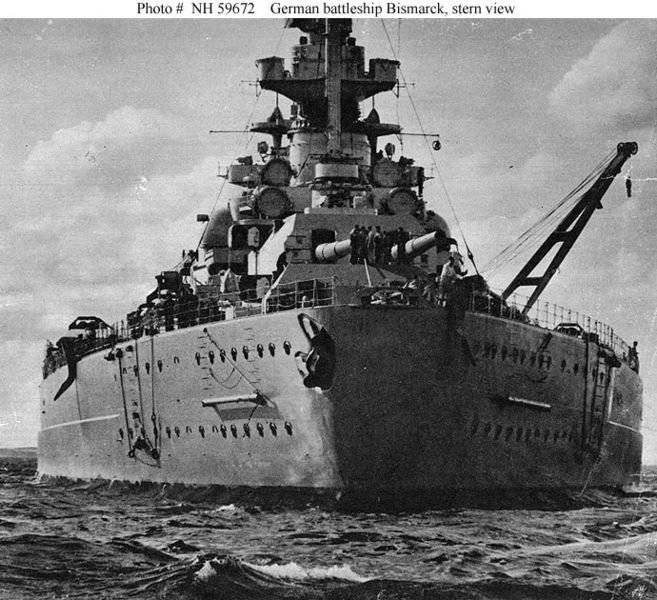
The hieroglyph "loyalty." Battleships type "Yamato"
There are three useless things in the world: the pyramid of Cheops, the Great Wall of China and the battleship Yamato ... Really?
With the battleships Yamato and Musashi, the following story took place: they were unfairly slandered. A stable image of "losers", useless "wenderwafel" shamefully died at the first meeting with the enemy.
But in fact, we have the following:
The ships were designed and built at a given time, managed to make war and finally took a heroic death in the face of numerically superior enemy forces.
What else is required of them?
Bright victories? Alas, in the situation in which Japan was in the period of 1944-45, even the sea king Poseidon himself could hardly have been able to act better than the battleships Musashi and Yamato.
Disadvantages of super-battleships?
Yes, first of all, weak air defense - neither the monstrous 3 sansiki fireworks (460 mm caliber anti-aircraft projectiles) nor hundreds of small-caliber store-fed automatic machines could replace modern anti-aircraft guns and control systems with radar adjustment.
Weak PTZ?
I am begging you! Musashi and Yamato died after torpedo hits from 10-11 - no battleship on the planet would have survived so much (for comparison, the likelihood of the death of American Iowa from six torpedoes, according to the calculations of the Americans themselves, was estimated at 90%) .
Otherwise, the battleship "Yamato" corresponded to the phrase "the most, the most"
The largest battleship in history and, concurrently, the largest warship that took part in World War II.
70 thousand tons full displacement.
The main caliber is 460 mm.
Bronepoyas - 40 centimeters solid metal.
The walls of the conning tower are half a meter of armor.
The thickness of the frontal part of the tower GK even more - 65 centimeters of steel protection.
Grand spectacle!
The main miscalculation of the Japanese is a veil of extreme secrecy, enveloping everything connected with the Yamato battleships. To date, there are only a few photos of these monsters - mostly made from the board of American aircraft.
And in vain!
Such ships should have been proud and in earnest scared the enemy with them - after all, the Yankees, until the last moment, were sure that they were dealing with ordinary battleships, with 406 mm caliber guns.
With a competent PR policy, the very news of the existence of the Yamato and Musashi battleships could have caused panic among the commanders of the US Navy and their allies, just as it happened with Tirpitz. The Yankees would rush to build similar ships with half-meter armor and 460 caliber guns or even 508 mm - in general, it would be fun. The strategic effect of the Japanese super-battleships could be much larger.
How did the leviathans die?
"Musashi" went all day in the Sibuyan Sea under heavy squall attacks of aircraft from five US aircraft carriers. He walked all day, and by the evening he died, having received, according to various estimates, 11-19 torpedoes and 10-17 aircraft bombs ...
Do you think that the security and combat stability of the Japanese battleship were great? And who of his peers could repeat this?
Yamato ... death from on high was his fate. Traces of torpedoes, black from the planes of the sky ...
Speaking frankly, Yamato made an honorable seppuku, leaving as part of a small squadron against eight aircraft carriers of the 58 th operational connection. The result is predictable - two hundred planes tore apart the battleship and its small escort in two hours.
The era of high technology. Iowa Type Battleships
What if?
What if instead of "Yamato", towards the 58-th operative connection of Admiral Mitscher went out a battleship identical to the American "Iowa"? What if Japanese industry managed to create air defense systems similar to those that existed at that time on US Navy ships?
What would end the battle between the battleship and the American aircraft carriers, if the Japanese sailors had systems similar to Mk.37, Ford Mk.I Gunfire Control Computer, SK, SK-2, SP, SR, Mk.14, Mk.51, Mk.53 ...?
Masterpieces of technical progress are hiding behind dry indices — analog computers and automatic fire control systems, radars, radio altimeters and shells with a radar fuse — thanks to all these “tricks”, the Iow anti-aircraft fire was at least five times more accurate and effective than the shots of the Japanese anti-aircraft gunners .
And considering the terrifying rate of fire of the Mk.12 anti-aircraft guns, the extremely effective 40 mm Boforsa and band-fed Oerlikon machine guns ... There is a considerable chance that an attack by the American air force could have choked in blood and a damaged neo-Yamato could walk to Okinawa and run aground, turning into an invincible artillery battery (according to the plan of operation Ten-Ichi-Go).
Everything could be ... alas, Yamato went to the seabed, and an impressive complex of anti-aircraft weapons became the prerogative of American Iowa.
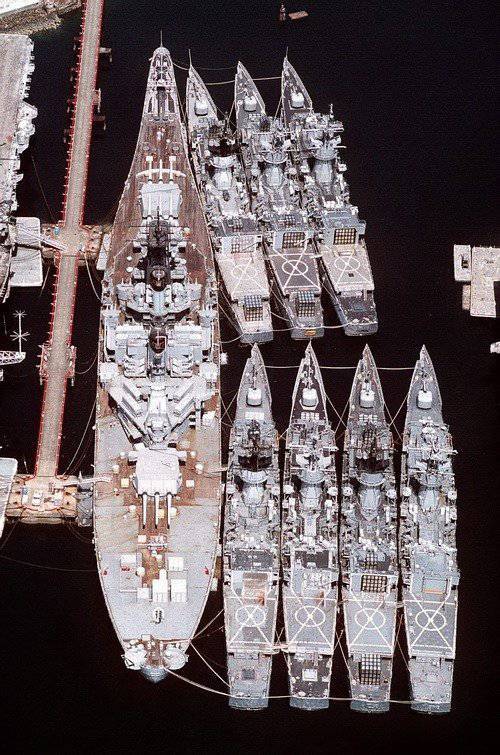
To put up with the idea that the best ship - again with the Americans, is absolutely impossible. Haters in the United States in a flash will find a dozen reasons why Iowa cannot be considered the most perfect battle ship.
“Iowa” is severely criticized for the lack of medium caliber (150 ... 155 mm) - unlike any German, Japanese, French or Italian battleships, American ships were forced to fight off enemy attacks with universal anti-aircraft guns (5 inches, 127 mm).
Also, among the shortcomings of “Iowa” is the lack of transshipment compartments in the towers of the Civil Code, the worst seaworthiness and “flotation per wave” (compared to the same British “Vanguard”), the relative weakness of their PTZ before the Japanese “long lance”, “muhlezh” with the declared maximum speed (on the measured mile, the battleships could hardly accelerate to the 31 node - instead of the declared 33's!).
But perhaps the most serious of all the accusations is the weakness of the reservation compared to any of their peers - especially the Iowa traverse bulkheads cause many questions.
Of course, the defenders of the American shipbuilding are now coming off the ferry, arguing that all the above-mentioned shortcomings of the “Iowa” are just an illusion, the ship was designed for a specific situation and perfectly matched the conditions of the Pacific theater of military operations.
The lack of medium caliber became the advantage of American battleships: to combat surface and air targets, there were enough universal "five-inch" - to take on board the 150 mm guns as "ballast" did not make sense. And the presence of “advanced” fire control systems finally leveled the lack of a “medium caliber” factor.
Reproaches for poor seaworthiness are a purely subjective opinion: “Iowa” has always been considered an extremely stable artillery platform. As for the strong "overwhelming" bow of the battleship in stormy weather - this myth was born already in our time. More modern sailors were surprised by the habits of an armored monster: instead of quietly swaying on the waves, the heavy "Iowa" cut the waves like a knife.
The increased wear of the GK barrels is explained by very heavy projectiles (which is not bad) - the Mk.8 armor-piercing machine with a 1225 kg mass was the heaviest ammunition of its caliber in the world.
With the assortment of shells, “Iowa” had no problems at all: the ship had a whole set of armor-piercing and high-explosive ammunition and charges of various capacities; after the war, “cluster” Mk.144 and Mk.146 appeared, stuffed with explosive grenades in the number of 400 and, accordingly, 666 pieces. A bit later, the Mk.23 special ammunition with a nuclear warhead 1 CT was developed.
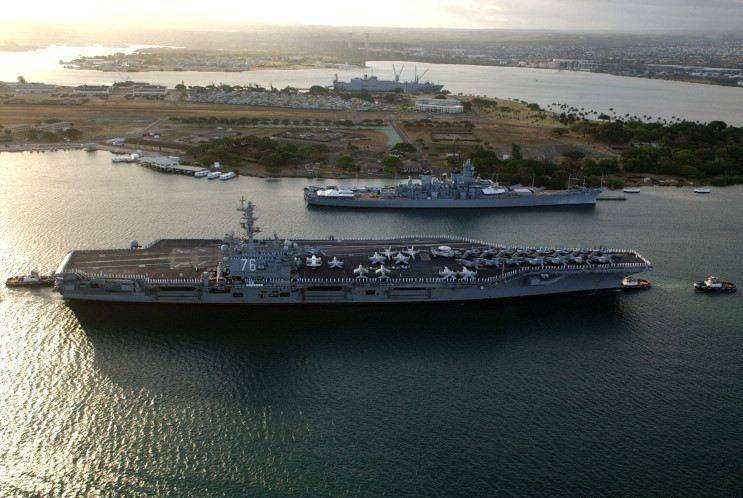
As for the “shortage” of the design speed on the measuring mile, the Iow tests were carried out at the limited power of the power plant - just like that, for no good reason, to force the cars to the design 254 000 hp lean Yankees refused.
The general impression of the “Iowa” can ruin only their relatively low security ... however, this disadvantage is more than compensated by the many other advantages of the battleship.
"Iowa" have more service than all the other WWII battleships put together - World War II, Korea, Vietnam, Lebanon, Iraq ... The battleships of this type survived all - the modernization of the middle 1980-s allowed to extend the service life of veterans until the beginning of the XXI century - the battleships lost parts artillery weapons, in return for receiving 32 SLCM "Tomahawk", 16 anti-ship missiles "Harpoon", the air defense system "SiSperrou", modern radar and melee systems "Phalanx".

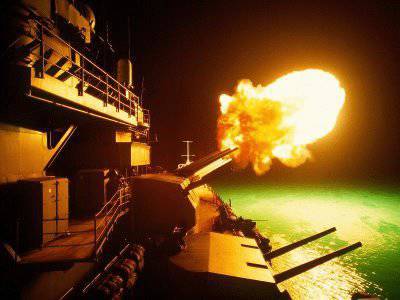
However, the physical wear of the mechanisms and the end of the Cold War played a significant role in the fate of the most famous American battleships - all four monsters left the US Navy ahead of schedule and turned into major naval museums.
Well, favorites are defined. Now it is time to mention a number of other armored monsters - after all, each of them is worthy of his portion of surprise and admiration.
For example, “Jean Bart” is one of two built battleships of the Richelieu type. Elegant French ship with a unique silhouette: two four-turrets in the bow, a stylish superstructure, smartly curved back chimney ...
Battleships of the "Richelieu" type are considered to be among the most advanced ships in their class: having less displacement on the 5-10 thousand tons than any Bismarck or Littorio, the French practically did not yield to them in terms of weapons power, and in the parameter " security ”- the scheme and thickness of the booking“ Richelieu ”was even better than that of many of his larger peers. And all this was successfully combined with the speed of more than 30 nodes - the “Frenchman” was the fastest of the European battleships!
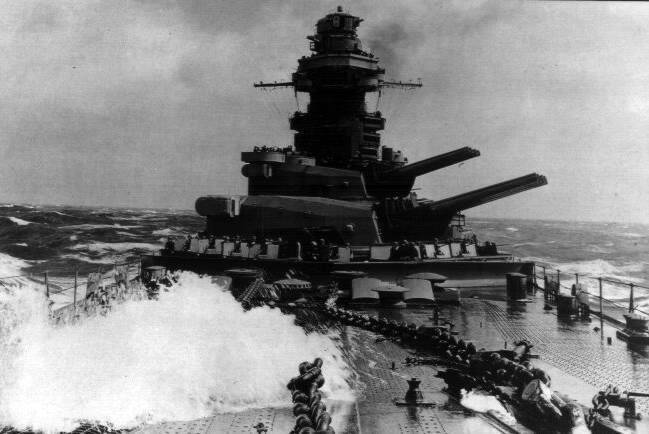
The unusual fate of these battleships: the flight of unfinished ships from the shipyard, to avoid capture by the Germans, naval battle with the British and American fleets in Casablanca and Dakar, repairs in the United States, and then a long happy service under the flag of France until the second half of the 1960-s.
But the magnificent trio from the Apennine Peninsula - Italian battleships like "Littorio".
These ships are usually the object of harsh criticism, but if you apply an integrated approach in their assessment, it turns out that the Littorio battleships are not so bad compared to their British or German peers, as is commonly believed.
The project was based on the ingenious concept of the Italian fleet - to hell with greater autonomy and fuel supply! - Italy is located in the middle of the Mediterranean Sea, all the bases near by.
The saved load reserve was spent on armor and weapons. As a result, the Littorio had 9 main-caliber guns in three rotating towers — more than any of their European “colleagues.”
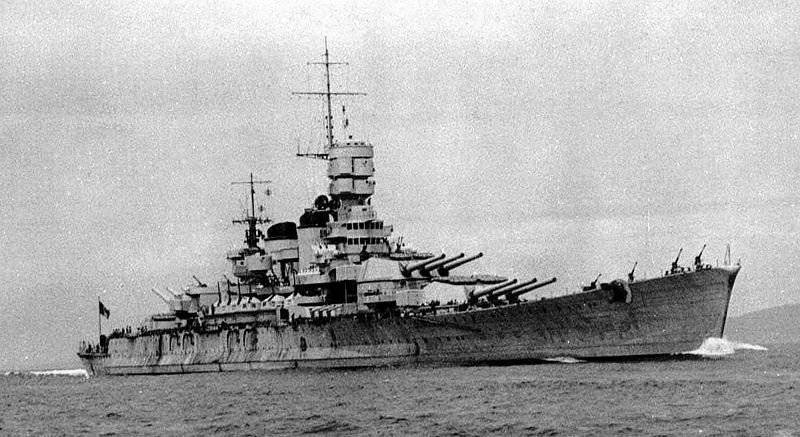
Noble silhouette, high-quality contours, good seaworthiness and high speed - in the best traditions of the Italian school of shipbuilding.
Clever anti-torpedo protection based on Umberto Pulese calculations.
At a minimum, the scheme with spaced booking is noteworthy. In general, in all that relates to booking, battleships of the “Littorio” type deserve the highest marks.
And the rest ...
And the rest of the Italian battleships turned out to be nasty - still remains a mystery, why the Italians shot their guns so wryly - despite their excellent armor penetration, 15-inch Italian shells had surprisingly low accuracy and accuracy. Reforming gun barrels? The quality of the manufacture of liners and shells? Or maybe it was due to the national peculiarities of the Italian character?
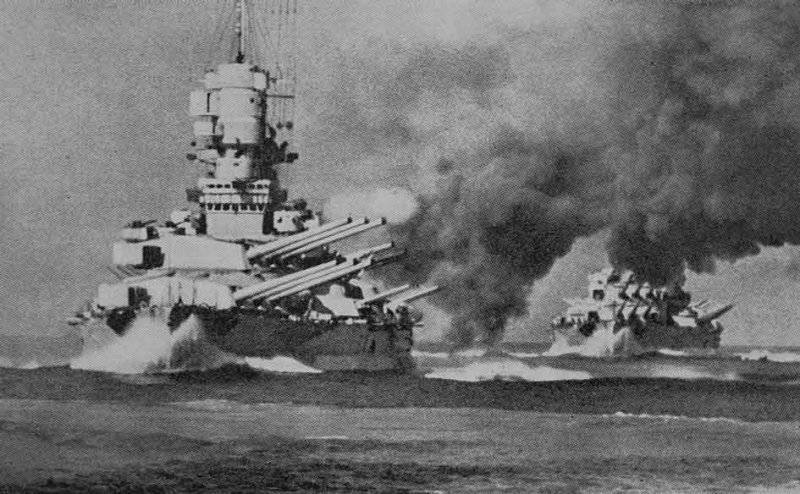
In any case, the main problem of Littorio type battleships was their mediocre use. The Italian sailors did not succeed in engaging in a general battle with the fleet of Her Majesty. Instead, the head "Littorio" was sunk right on its anchorage, during the British raid on the naval base of Taranto (cheerful slopes were too lazy to pull the anti-torpedo net).
The “Vittorio Veneto” raid against the British convoys in the Mediterranean Sea was no better, and the battered ship was barely able to return to base.
In general, nothing good came up with Italian battleships. More brightly and more tragically, the battleship “Roma” completed its combat path, disappearing in a deafening explosion of its own artillery grounds - the result of the accurate hit of the German Fritz-X controlled bombs (bombs? Poorly said. 1360-kilogram Frit-X ammunition was a little like ordinary bomb).
Epilogue.
Battleships have been different. Among them were formidable and effective. There were no less formidable, but ineffective. But each time, the fact that the enemy had such ships delivered the opposite side a lot of trouble and anxiety.
Battleships always remain battleships. Powerful and destructive ships with the highest combat stability.
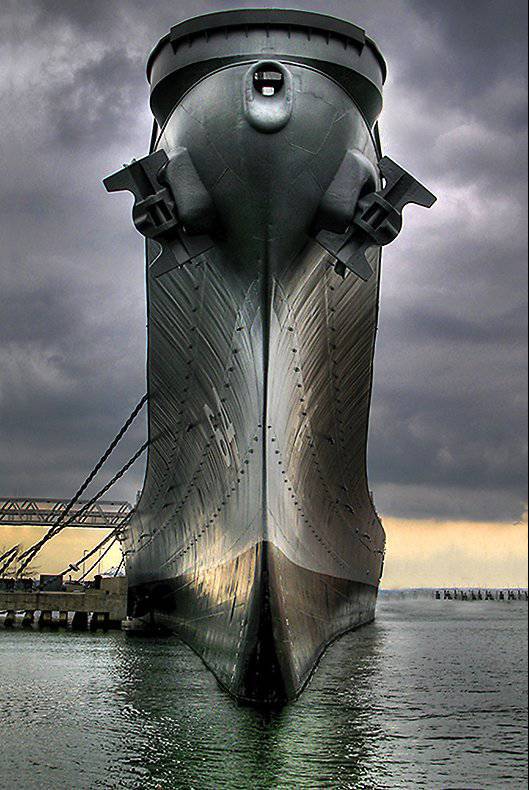
Based on:
http://wunderwaffe.narod.ru/
http://korabley.net/
http://www.navy.mil.nz/
http://navycollection.narod.ru/
http://www.wikipedia.org/
http://navsource.org/
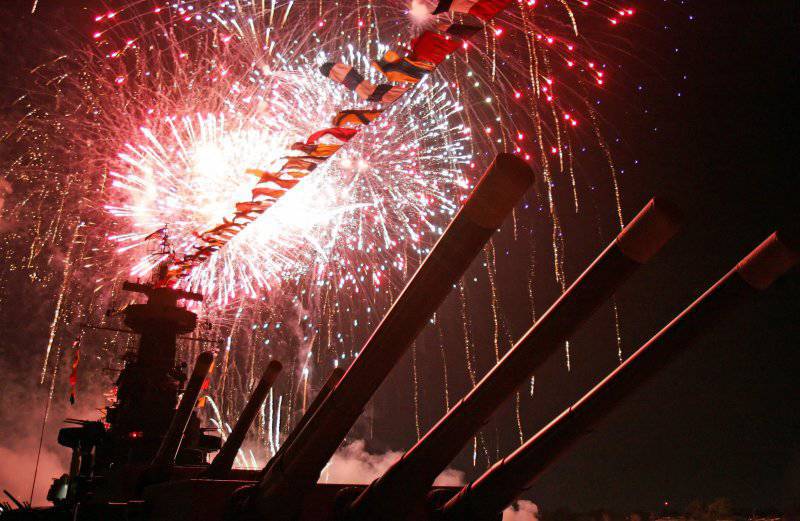
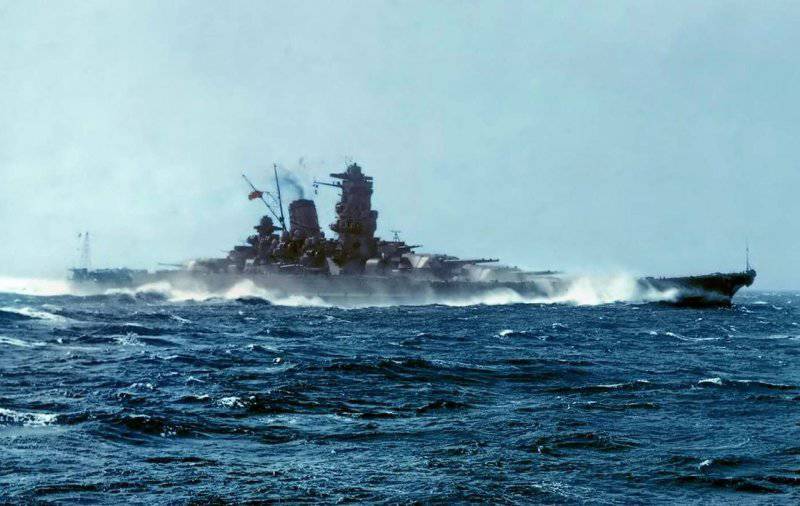
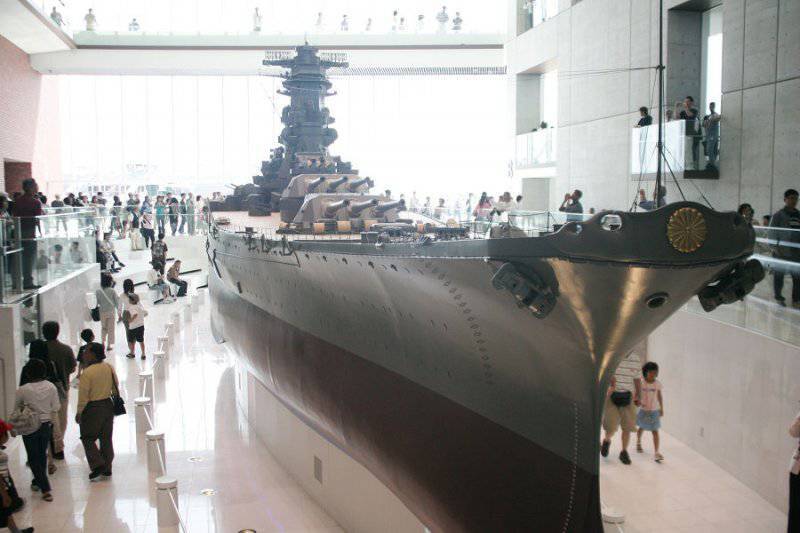
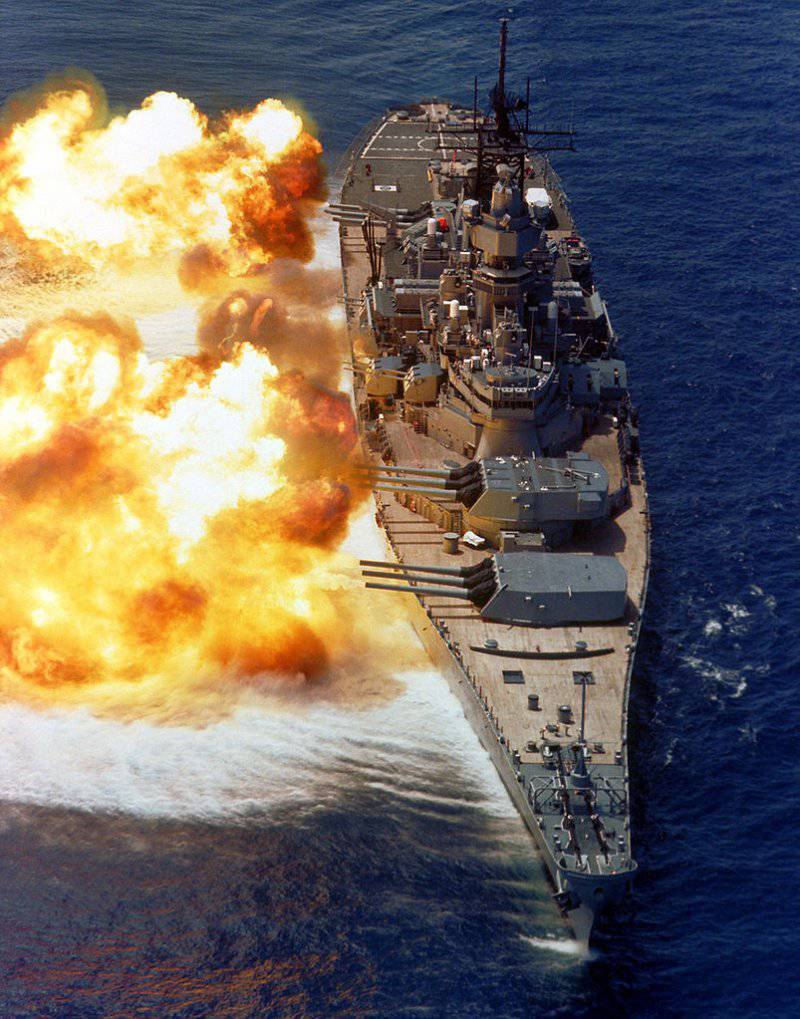
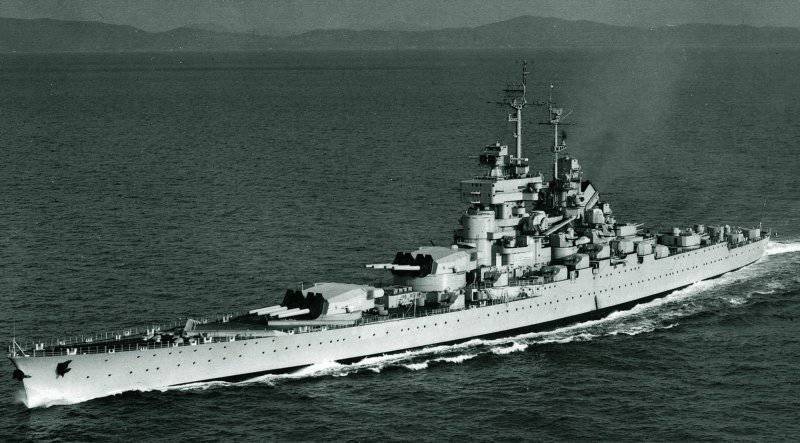
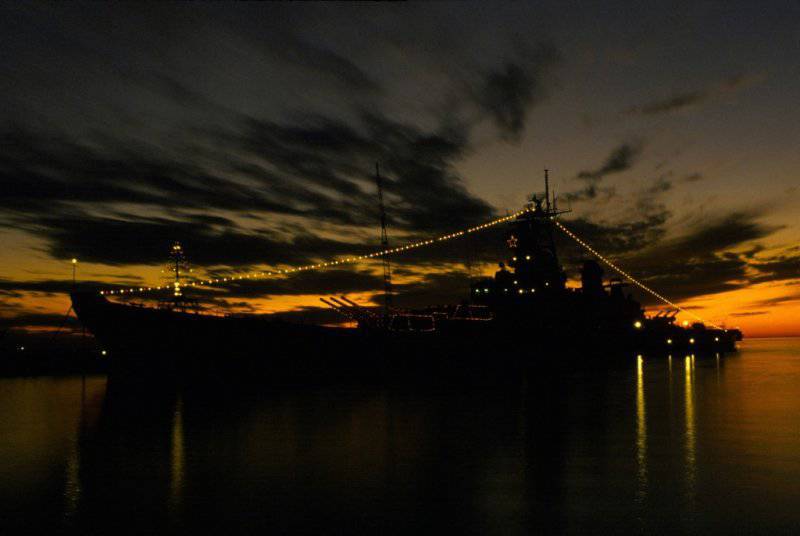
Information